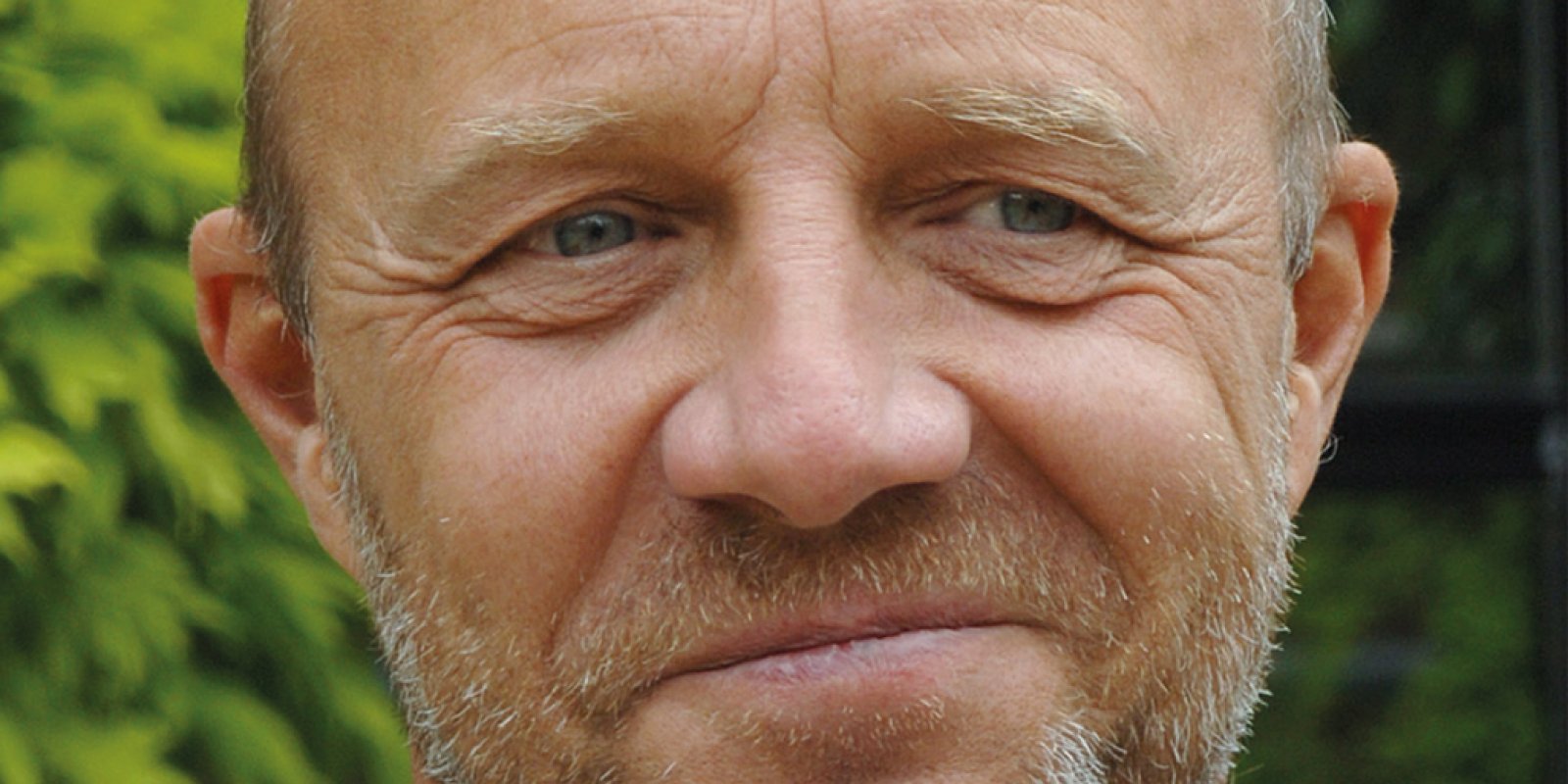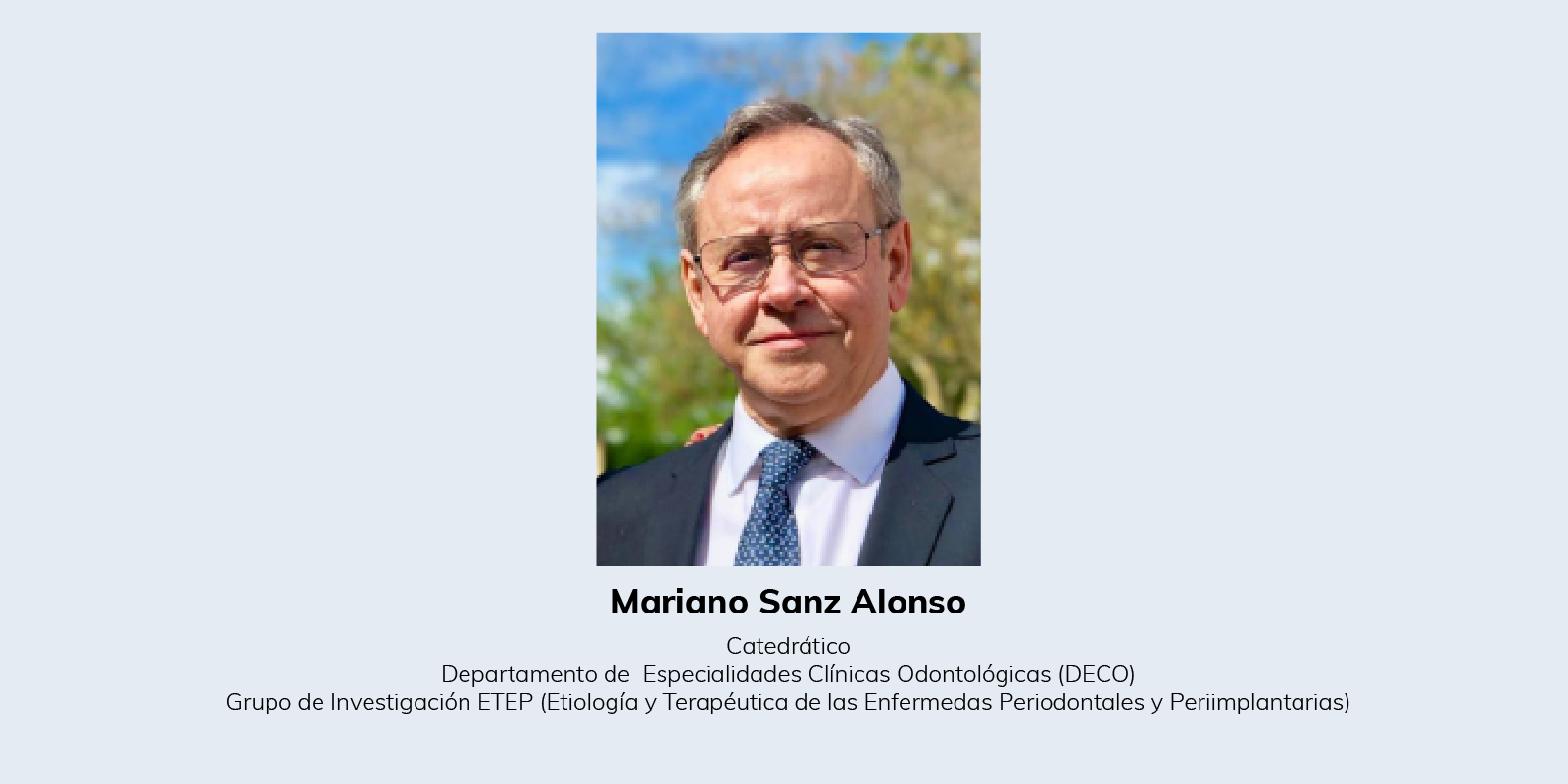DENTAID EXPERTISE
News for dentistry professionals
Professor Doctor Marc Quirynen
07 Sep 2014

Professor Doctor Marc Quirynen graduated in 1980 as a Dentist at the Catholic University of Leuven where he received training in periodontology and where he has been Associate Professor of this specialty since 1990. His research deals mainly with oral microbiology (with special attention to the influence of surface characteristics on bacterial adhesion and the effect of antiseptics), halitosis, simplification & optimisation of periodontal therapy including implant surgery. He has published over 300 scientific papers in international peer-reviewed journals.
"It is still a challenge to convince doctors of the extremely important relationship between periodontal health and overall health"
As a senior clinical researcher in periodontology, how has your knowledge of periodontal disease changed from when you started?
Probably the most important change for me was the understanding of the fact that the bacteria on teeth and implants form a biofilm. The latter has significant clinical consequences. The only solution is to destroy the biofilm (for example subgingivally via ultrasonic instrumentation or root planing; supragingival via proper plaque control or polishing) before an antibiotic (or even an antiseptic) can be applied. Only under these conditions a maximal benefit can be expected. Also my understanding of the aetiology of periodontitis has changed significantly over time. Whereas in the beginning plaque was seen as the important aetiological factor, today we realise that many more factors are involved.
Three important conditions have to be fulfilled in order for a patient to develop periodontitis: (i) the patient has to be susceptible (indicating that a part of our population might be considered resistant to periodontal infections), (ii) the patient has to be infected by a number of periopathogens, (iii) but the concentration of beneficial bacteria might not be too high. The susceptibility of the patient for periodontitis is primarily genetically predetermined, but is further influenced by additional factors such as smoking, the presence of diabetes, medication (for example medication that reduces the salivary secretion, or that reduces the immune response).
Also stress can lead to a very rapidly progressing periodontitis. The understanding of the role of beneficial species also significantly influenced our way of thinking. More recently the impact of patient’s diet and obesity has been proven. Unfortunately, today we are not able to measure patient’s susceptibility to periodontal disease. Finally, the clarification of the impact of periodontitis on the general health of the patient further underlined the need of periodontal health. It is however still very difficult to convince the medical world about this important relationship.
Back in 1995, you discovered the concept of the full-mouth disinfection for periodontal treatment. How do you see that procedure nowadays?
Several comparative studies between the one-stage, full-mouth approach and the standard therapy (root planing per quadrant with 2 week intervals), clearly illustrated the benefits of such a full-mouth approach (more gain in attachment, pocket depth reduction, and more favourable microbiological shifts). A similar approach during guided tissue regeneration and/or the application of local antibiotics also resulted in significant additional improvements.
Today, we still follow this approach. The only aspect that we have changed over time, is that we only conduct our full-mouth disinfection, after the patient has clearly obtained a perfect plaque control. During the “training period” in plaque removal, we will destroy the supra- and subgingival biofilm with ultrasonic devices, and we will wait for an optimal plaque control capacity as long as it takes before the full-mouth disinfection is conducted, because the patient should realise the importance of a perfect oral hygiene.
Another very interesting research topic that you are involved in at the moment is peri-implantitis. Do you think that it will be possible to fully understand and manage properly this pathology in a near future?
Over the last years nearly at every dental meeting speakers are warning for a tsunami of patients with peri-implantitis, with incidences up to 50%. Why is this?? First of all we have to accept that the clinical protocol for the placement of dental implants has changed significantly over the past 35 years. From a very strict “biocompatibility”-oriented protocol, aiming for osseointegration and long-term success, there has been an evolution towards less stringent conditions with the aim of “speeding the healing process” and “improving the aesthetic results”. Whether these changes have increased the susceptibility for peri-implantitis has not been proven, even though some changes might increase the chance for infection or for a less favourable hard tissue response.
Similar to periodontitis, the aetiology of peri-implantitis is thus multi-factorial. The inflammation is thus not only dependent on the bacterial load, but also on different factors at implant, patient, and clinician (surgeon, dentist) level. Besides the host (genetics, quality of immune response), the environment (concentration of perio-pathogens, anaerobism), and the life style of the patient (smoking, oral hygiene, ….), factors such as the hardware (implant and abutment surface roughness, platform switch, internal vs. external connection, …), the procedure (GBR, bone condensing, bone compression, cement vs screw retained) and especially the quality of the hard/soft tissues (bone density and vascularisation, quality of soft tissues, ….) can have a significant impact on the final outcome of the implant.
So far no treatment strategy for peri-implantitis performs significantly better than another. Prevention of this disease therefore is the issue. Easy factors to consider are: cleansable prostheses, improved oral maintenance, strict supportive periodontal therapy schedule, reduce smoking, increase physical exercise, improve diet (e.g. antioxidants), reduce corrosion, include other auto/inflammatory diseases in therapy.
Future Projects
My priority in research is to find strategies to improve the outcome of periodontal therapy, including oral implants and oral malodour, and to facilitate the prevention of disease recurrence. My main interests are: (i) stimulation of beneficial bacteria via pro- and prebiotics, (ii) facilitation of optimal plaque control, (iii) an improved 3-D planning of oral implants, (iv) a simplification of tissue regeneration (for example via the use of leucocyte and platelet rich fibrin and (v) to determine the threshold for periodontopathogen levels necessary for the onset of periodontitis development, in relation to patient susceptibility.
RELATED ARTICLES

13 Dec 2021
Daniele Puzzilli, the dentist of footballer Leonardo Spinazzola
With this pandemic, it has been seen that people pay more attention to their personal care. How important is dentistry in times of COVID-19? The…

09 Jun 2021
Prof. Mariano Sanz, EFP Eminence in Periodontology Award
What does winning the EFP Eminence in Periodontology Award mean to you? It means a lot, as I have been very active in the EFP since it was…

11 Feb 2020
Dr Alejandra Chaparro, Dentist specialising in periodontics and Chair of the IADR Chile
Dr Alejandra Chaparro, the current Chair of the Chilean division of the International Association for Dental Research (IADR), is a dentist who…
Sign up for the DENTAID Expertise newsletter
Sign up for the newsletter